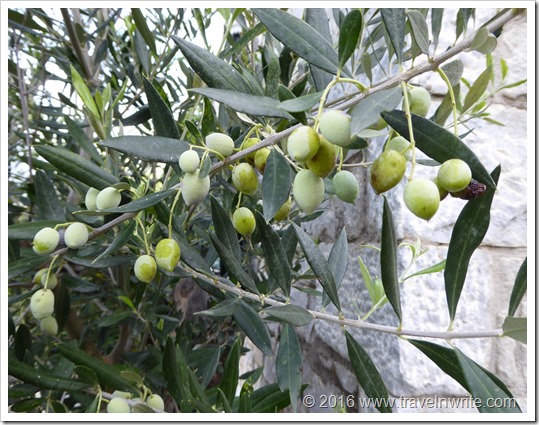“I want your life” commented a FB friend on a sunset photo I’d posted.
“How do I get your life?” asked another.
“We are coming to visit!” any number of people have told us.
 |
| Lazy afternoons spent here at The Stone House on the Hill |
 |
| Agios Nikolaos, our village |
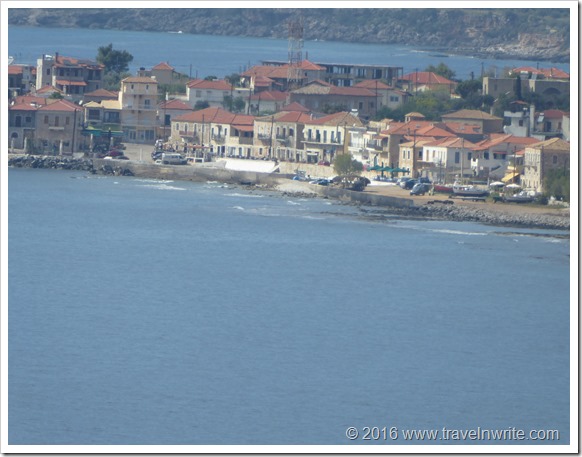 |
| Agios Nikolaos, The Mani |
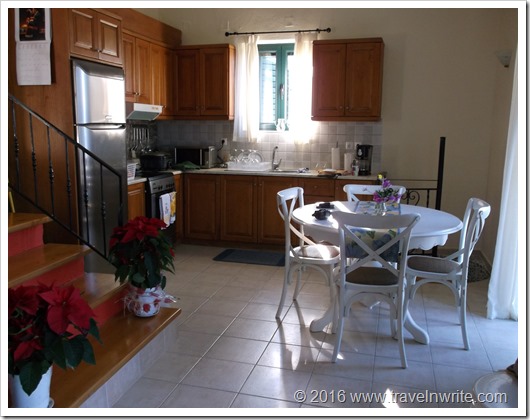 |
| Kitchen at The Stone House on the Hill |
Enough droppings to indicate it could have been the site of a rodent convention, as a matter of fact. Climbing onto the counter and looking a bit further into the cupboard, I found a hole where the cupboard should have been attached to the stone wall -- the entryway for the little critter (or critters from the looks of it). Thankfully the cups and glassware had been upside down. But still . . . thoughts of those roaming rural rodents had turned my stomach. My few minutes had turned into hours as The Scout was called into action and blocked their entryway and I washed and sterilized the cupboard’s contents and shelves.
~~~~~~~
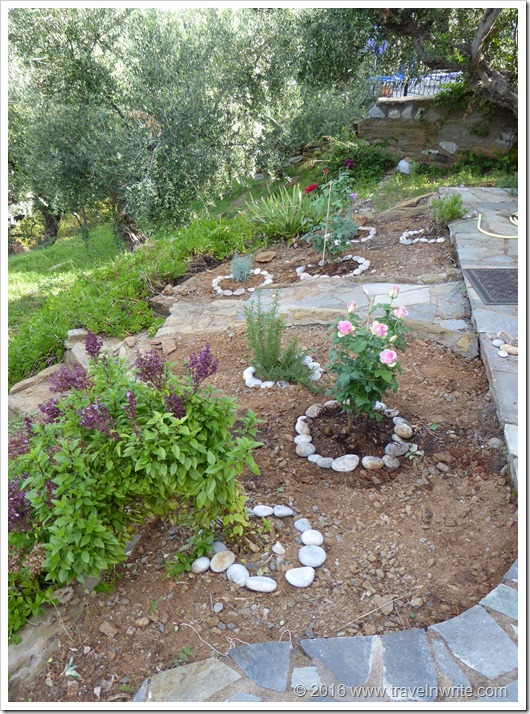 |
| New flower garden - blooming basil, front left |
We’ve been renovating two garden plots that were home to over-grown aloe vera plants. The two succulents that look much like cacti, had pointed spikes as painful as a cactus. Removing them was like removing small trees. (We moved them to the olive grove where they can grow as large as they want.)
Last spring after the first aloe vera was moved, we’d planted a Greek basil in its place. Greek basil lives year round and can grow to five feet in height. Its leaves are tiny in comparison to Italian basil. The September storm had knocked our basil to the ground so on a fine fall day we’d purchased and installed some stakes. I’d buried my face into that delicious pungent smelling herb to get the twine around it and the stakes . . .
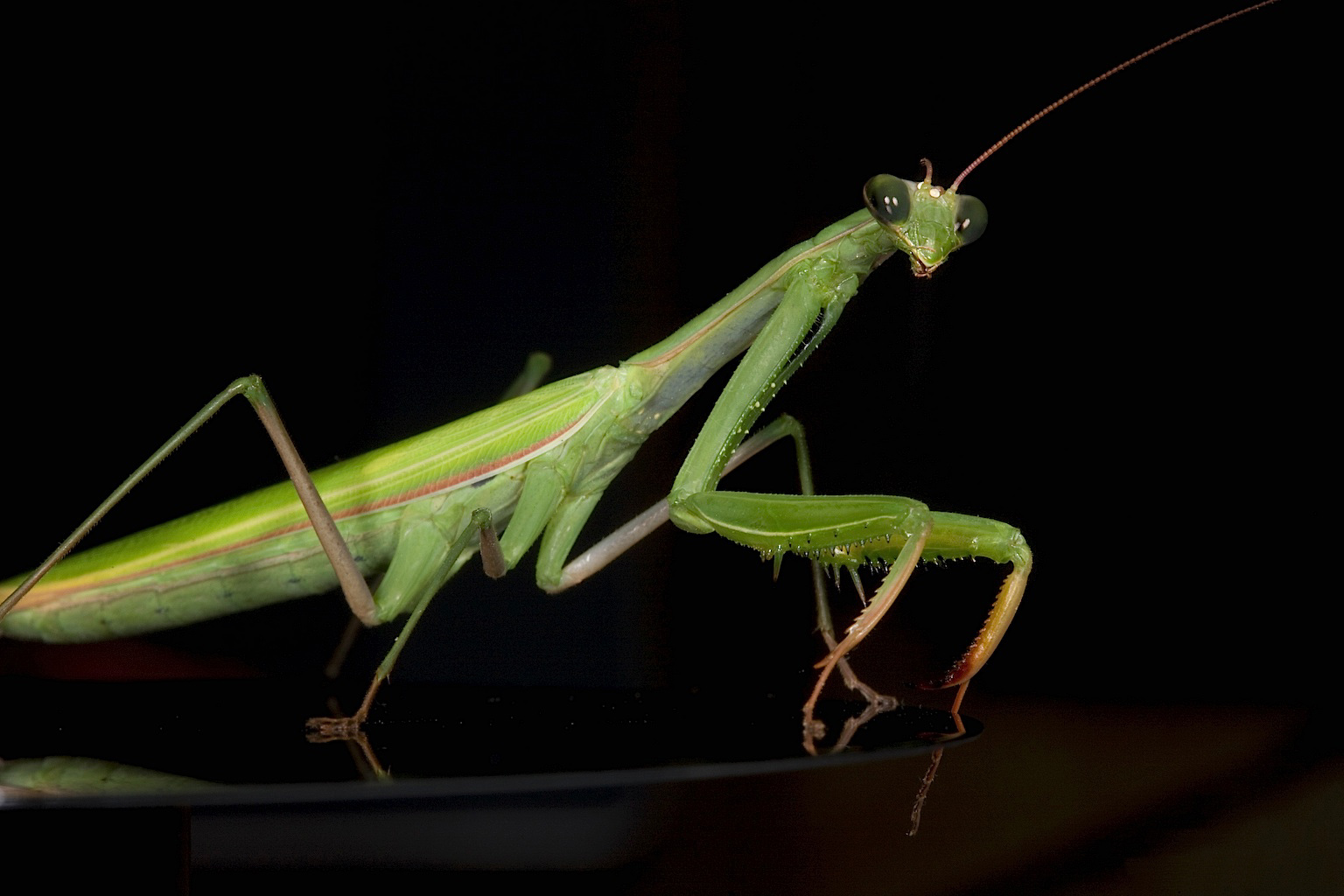 |
| Praying Mantis courtesy Wikipedia photos |
As I pulled back I realized I had missed by inches burying my face into the Praying Mantis that had made the plant his home. It was one of my first encounters with the little creature that looks like a small dinosaur or enormous grass hopper, with a triangular head resembling those drawn by animators which depict outer space beings. This one stared us down and no amount of swiping was convincing him to move. For a bug, their forearms are enormous (they are carnivores and catch and hold their prey). Another close encounter of the ex pat kind. The Scout had to deal with that one.
After my heart quit racing, I thought again about writing this post. BTW, that photo above of a ‘European male’ is courtesy of Wikipedia photos – I chose not to take a close up photo!
~~~~~~
 |
| Hauling wood - a regular activity each fall |
Not all our experiences and encounters have fallen into the 'gross-me-out-genre'. Many are downright charming and are what we love about this place. Many involve learning the ways things are done in a new culture and a country where life is lived differently than one which one might be familiar.
Take getting our mail for example. We have no street address, and we have no post office box- we don't even have a post office here for that matter - yet we get mail regularly. It is delivered to our local taverna of course!
 |
| Freda's Mail Corner in her son Gregg's Plateia in Agios Nikolaos |
The one practice here that we’d become used to on our travels so didn’t strike us as peculiar, leaves many first-time visitors shaking their heads: it is dealing with used toilet paper. Here it is not flushed, it is deposited into small garbage bins next to the toilet. When the little bin is full of the stuff, the bag inside is tied up and taken to the community garbage bins. We’ve seen this TP disposal method used in other European countries and Mexico and it seems quite normal. For many it is an encounter to remember!
Speaking of garbage, we make regular garbage runs as it isn’t collected at each home as is the practice where we live in the United States.

We usually tie the garbage run in with the water run. The drinking water comes from one of many public faucets found along the roadside in the villages below us. (The water out of the tap is far too 'mineral' tasting (much like Arizona). Should you find yourself a guest at our house you’ll undoubtedly get to experience a water/garbage run first hand! Now, how often when you travel do you get to do that??!!
Thanks so much for being with us as we experience life as part time ex pats in Greece. A special thank you to those who noticed our absence last week and wrote to inquire how we were doing. (We were out of the internet world for a bit). But now back at The Stone House on the Hill for a few more weeks, the adventure continues. We’ll be back next week and hope you will be as well. Until then, thanks for joining us and wishes for safe travels to you and yours~
Linking up this week:
Through My Lens
Our World Tuesday
Wordless Wednesday
Travel Photo Thursday –
Photo Friday
Weekend Travel Inspiration




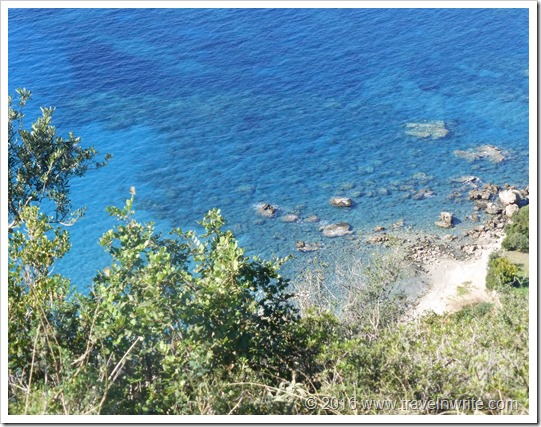





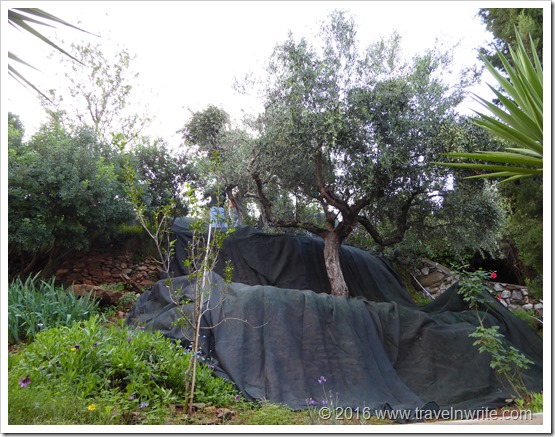
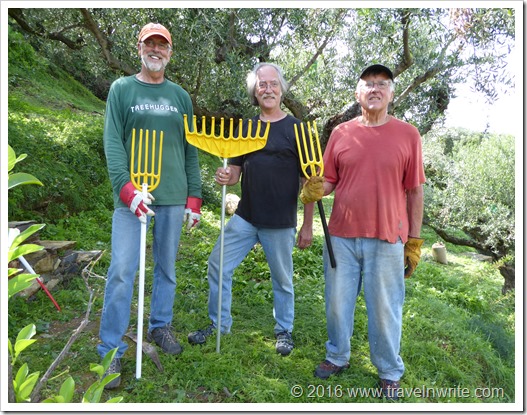




![20161022_151004_resized[458] 20161022_151004_resized[458]](https://lh3.googleusercontent.com/-8nGClu2yZT8/WA7YwOlbXFI/AAAAAAAAR9c/LGcdXijMKEA/20161022_151004_resized458_thumb9.jpg?imgmax=800)

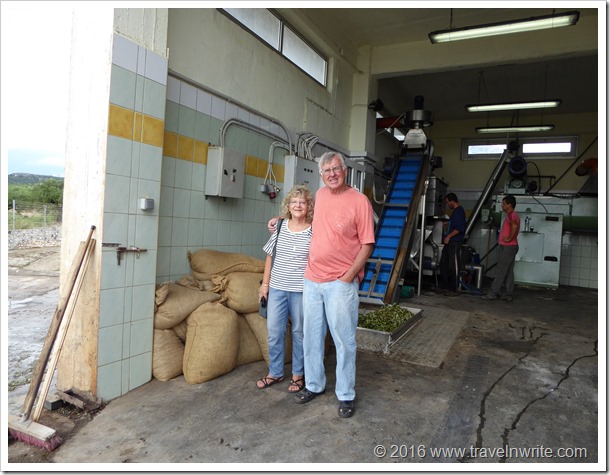

![20161022_165116_resized[459] 20161022_165116_resized[459]](https://lh3.googleusercontent.com/-Yj5quLWCQSM/WA7Y5BkoGCI/AAAAAAAAR98/ngLKmyYhFe8/20161022_165116_resized459_thumb4.jpg?imgmax=800)

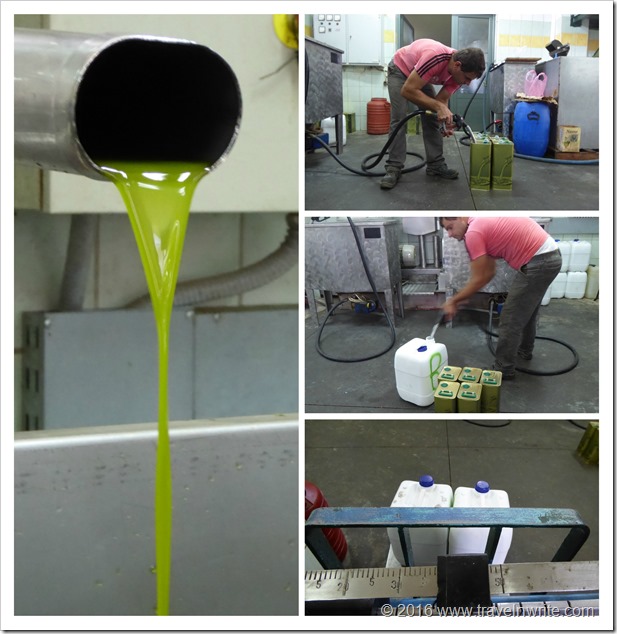
![20161023_120909-1_resized[507] 20161023_120909-1_resized[507]](https://lh3.googleusercontent.com/-23GhHuuPyTE/WA7ZAGqKOyI/AAAAAAAAR-U/kJTAximmfKA/20161023_120909-1_resized%25255B507%25255D_thumb%25255B6%25255D.jpg?imgmax=800)






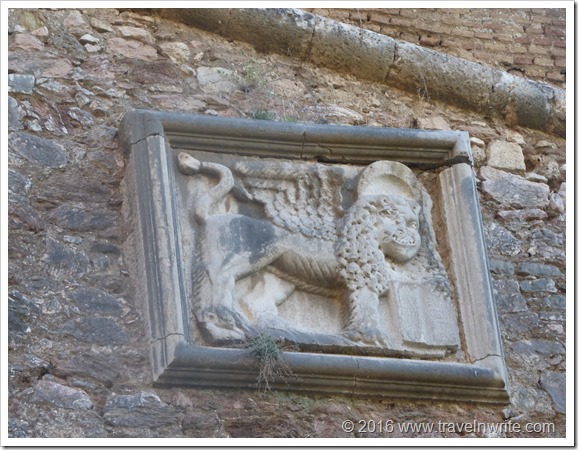




![14224970_10153729824326423_4875871008760126598_n[1] 14224970_10153729824326423_4875871008760126598_n[1]](https://lh3.googleusercontent.com/-o49VJsl2Ibw/V_h44q_EapI/AAAAAAAAR60/w7IpVyGqqAw/14224970_10153729824326423_487587100%25255B2%25255D.jpg?imgmax=800)

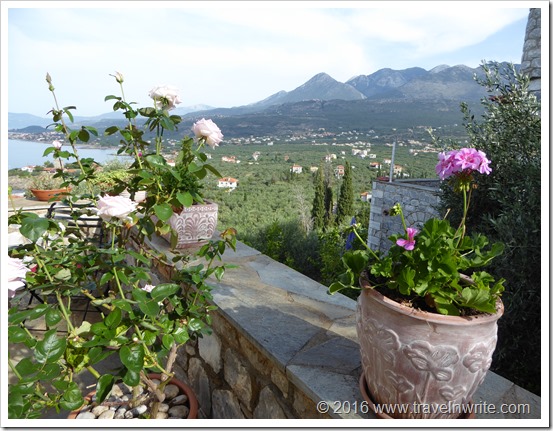
![14470398_1066829413366953_7633416777578109879_n[1] 14470398_1066829413366953_7633416777578109879_n[1]](https://lh3.googleusercontent.com/-qie7oGFNlE4/V_h4_PO-yNI/AAAAAAAAR7M/VD4KHWb3TeA/14470398_1066829413366953_7633416777%25255B1%25255D.jpg?imgmax=800)
